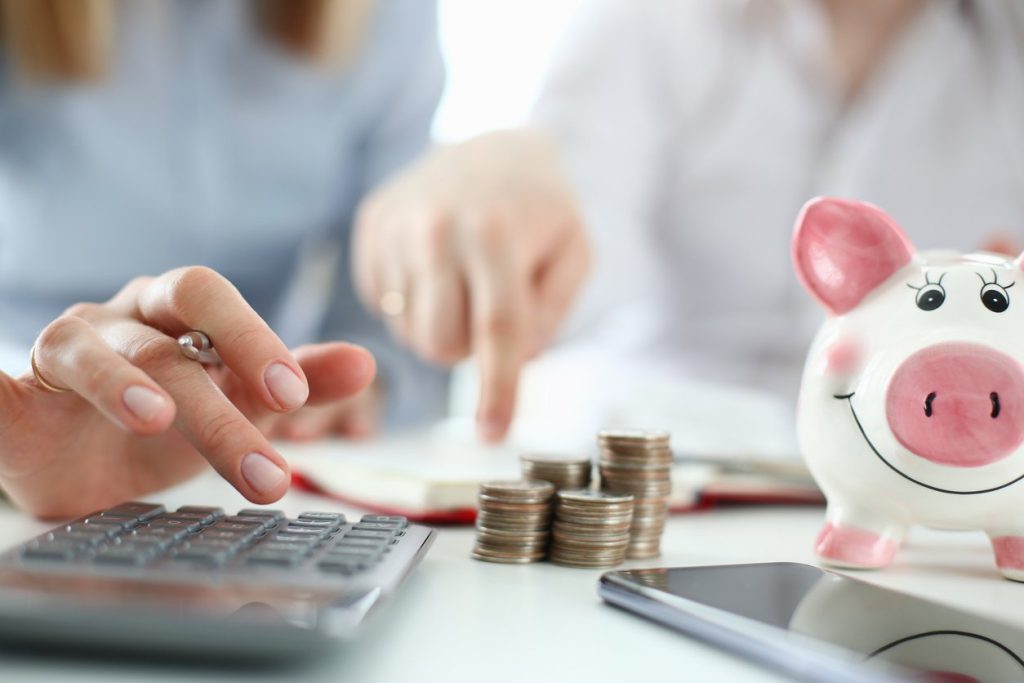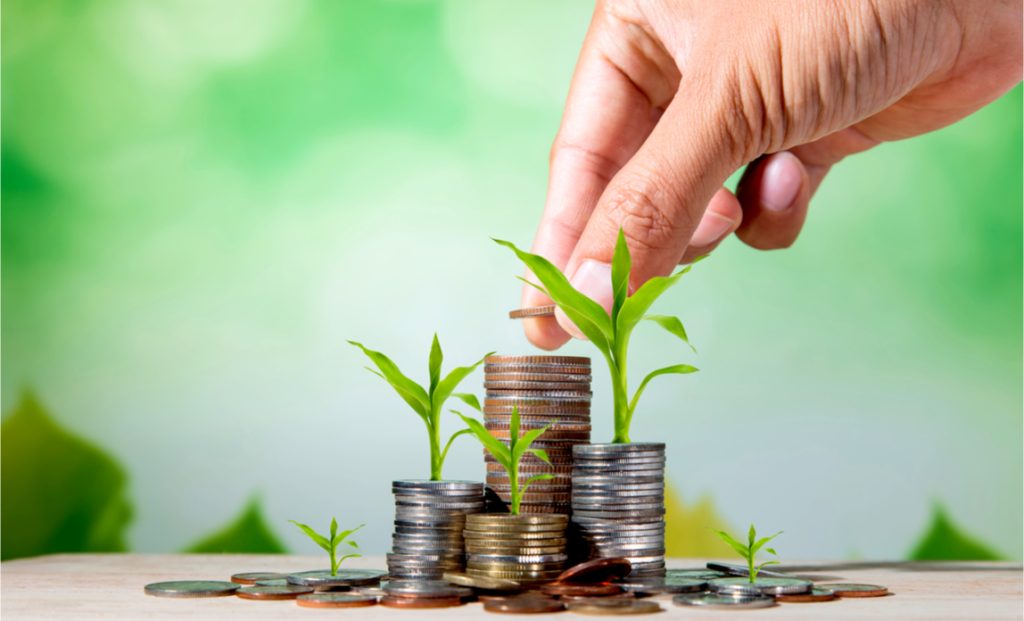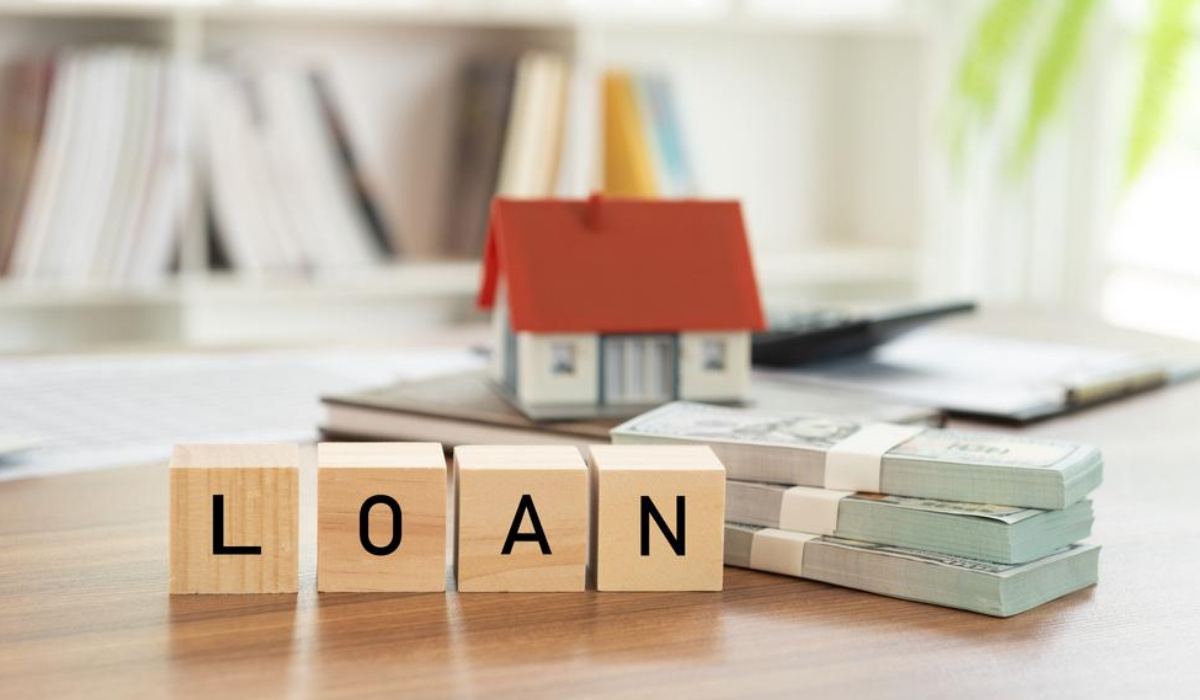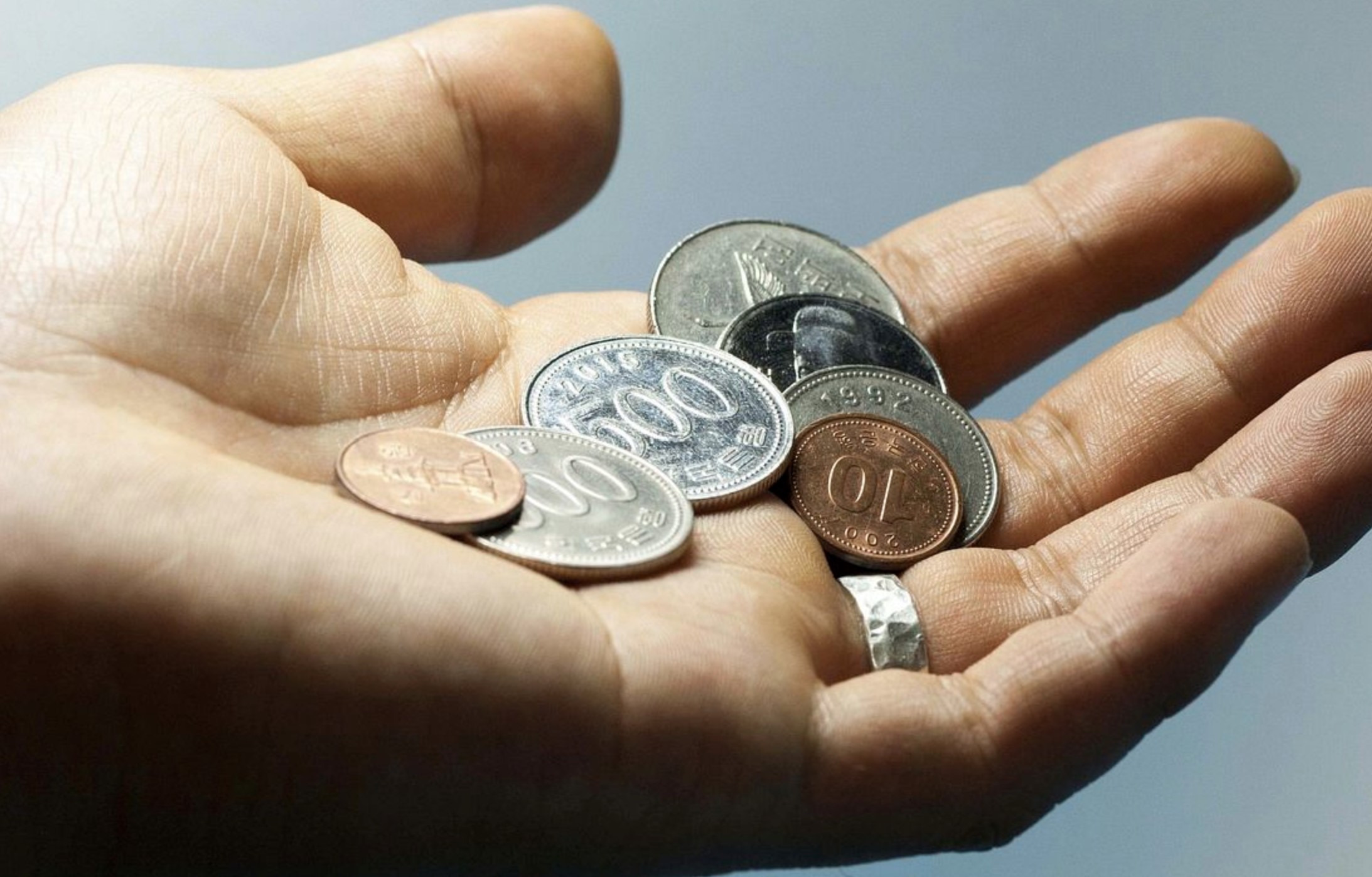When discussing economic development in the Philippines, one cannot ignore the crucial role that loans play in shaping the nation’s growth trajectory. Access to financial resources is essential for stimulating economic activities, fostering innovation, and addressing socio-economic challenges. This article aims to explore the significant link between loans and economic development in the Philippines, highlighting their impact on various sectors and the overall progress of the nation.
Understanding Economic Development
Before delving into the connection between loans and economic development, it is important to define economic development. Economic development refers to the sustained increase in a country’s standard of living, quality of life, and per capita income. It involves improving the economic, social, and environmental well-being of the people. Key indicators of economic development include Gross Domestic Product (GDP) growth, employment rates, poverty levels, and infrastructure development.
The Role of Loans in Economic Development

1. Financing Infrastructure Projects
Infrastructure development is a cornerstone of economic progress. Loans from international institutions and bilateral partnerships enable the Philippines to invest in crucial infrastructure projects such as roads, bridges, airports, and ports. These developments not only facilitate smoother transportation and connectivity but also attract foreign investments and boost trade opportunities.
2. Empowering Small and Medium Enterprises (SMEs)
SMEs play a vital role in the Philippine economy, contributing significantly to job creation and economic diversification. However, access to capital is a major hurdle for these enterprises. Loans tailored for SMEs provide the necessary funds for expansion, purchasing equipment, and fostering innovation, enabling them to thrive and contribute more effectively to the economy.
3. Supporting Agricultural Growth
Agriculture remains a significant sector in the Philippines, employing a large portion of the population. Loans targeted towards the agricultural sector help in modernizing farming techniques, providing better seeds, equipment, and irrigation systems. This, in turn, enhances agricultural productivity and income for farmers, leading to overall economic growth in rural areas.
4. Promoting Education and Human Capital Development
Investing in education and human capital is essential for sustainable economic development. Loans allocated for educational institutions, scholarships, and skills development programs uplift the human resources of the nation, equipping the workforce with the necessary skills and knowledge to participate actively in various economic sectors.
5. Enhancing Healthcare and Social Services
A healthy population is vital for economic growth. Loans directed towards healthcare infrastructure and social services contribute to improved public health outcomes, reduced healthcare costs, and increased productivity. This fosters a robust and healthy workforce, positively impacting the overall economy.
Challenges and Risks of Loans

While loans are crucial for economic development, it is essential to acknowledge the challenges and risks associated with borrowing:
1. Debt Burden
Overreliance on loans can lead to a heavy debt burden for the government and future generations. High debt levels may result in reduced public spending on essential services and hinder long-term economic growth.
2. Economic Vulnerability
The Philippine economy’s susceptibility to global economic fluctuations can impact loan repayment capabilities. Economic downturns can strain the government’s ability to service loans, leading to potential financial crises.
3. Ensuring Effective Utilization
Proper allocation and utilization of loans are critical. Ensuring transparency, accountability, and efficient management of loan funds are essential to maximize their impact on economic development.




Leave a Reply